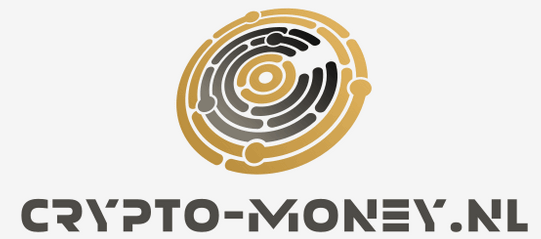Cryptocurrency is rapidly transforming the way we think about money, payment systems, and even investments. If you’ve ever wondered where your “crypto money” goes once you make a purchase or transaction, you’re not alone. Understanding the flow and lifecycle of cryptocurrencies can help you make smarter decisions, reduce risk, and confidently enter this exciting digital marketplace. In this article, we’ll break down how crypto money moves—from the moment you click ‘buy’ to how it’s stored and used in the wider crypto ecosystem. Whether you’re new to crypto or looking to make your first purchase, this guide will give you valuable insight into what happens behind the scenes.
Understanding the Flow of Crypto Money: From Buyer to Wallet
When you buy cryptocurrency, your journey typically begins at a crypto exchange. Think of exchanges as online marketplaces where you can swap traditional money (like euros or dollars) for digital coins such as Bitcoin, Ethereum, or other altcoins. After you place an order, the exchange matches you with a seller, processes your payment, and credits your digital wallet with the amount you purchased. This process usually takes only a few minutes, but factors such as network congestion and verification requirements can sometimes cause delays.
Once you’ve completed your purchase, your crypto doesn’t physically exist anywhere—it’s a digital asset recorded on the blockchain, a decentralized public ledger. Your ownership is represented by a unique cryptographic key stored in your wallet. There are different types of wallets: exchange wallets (built into trading platforms), software wallets (apps or programs on your phone or computer), and hardware wallets (physical devices for extra security). Each serves the same purpose—allowing you access to your funds and providing a record of your holdings.
The wallet is where your crypto money “lives” after a purchase. From there, you can hold your assets as an investment, transfer them to another person, or use them to shop at stores that accept crypto payments. Understanding this chain—from the exchange to your personal wallet—is crucial before making your first crypto purchase. It ensures your money is secure, accessible, and ready to use whenever you need it.
How Crypto Transactions Move Through the Digital Ecosystem
When you initiate a crypto transaction—whether paying a friend, buying a product, or moving coins between wallets—your request is broadcast to the blockchain network. Specialized computers called nodes receive your transaction and work together to validate it. This involves checking that your digital wallet has enough funds and confirming the transaction details. Once verified, your transaction is bundled with others into a "block," which is added to the blockchain. This transparent, public process means every transaction is traceable, but your identity remains anonymous unless you link it yourself.
Fees are a key part of how crypto transactions move through the ecosystem. Each transaction usually incurs a small fee, which incentivizes miners (or validators, depending on the blockchain) to process your request. These fees vary depending on network demand and the cryptocurrency in use. Higher fees generally result in faster confirmation times, while lower fees may mean your transaction takes longer to be processed. Understanding transaction fees can help you make informed decisions about when and how to move your crypto money.
Beyond simple transfers, the digital ecosystem offers countless ways to use and move your crypto. You can invest in decentralized finance (DeFi) projects, stake coins to earn rewards, or participate in NFTs and blockchain-based games. Some platforms let you spend crypto directly on products and services, making the ecosystem more practical and integrated with real-world usage. Every action you take is a transaction, and each one is securely recorded on the blockchain—ensuring transparency and trust throughout your crypto journey.
Navigating the world of cryptocurrency may seem complex at first, but knowing where your crypto money goes—and how it moves—empowers you to shop, invest, and transact with confidence. From the initial purchase on an exchange to storage in your personal wallet, and through the intricate movement within the digital ecosystem, every step is designed for security, transparency, and control. By understanding these processes, you’re better equipped to take advantage of the opportunities crypto offers and make informed purchases in this rapidly evolving marketplace. Ready to take your next step in crypto? Now you know exactly where your digital money goes and how to keep it safe.

